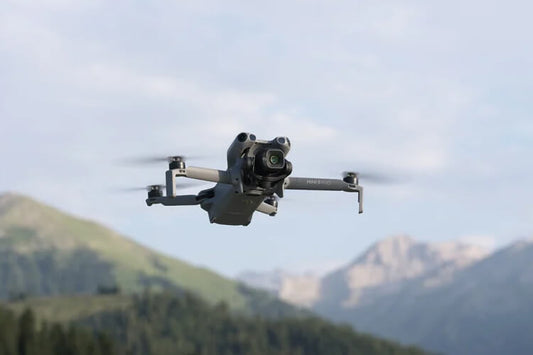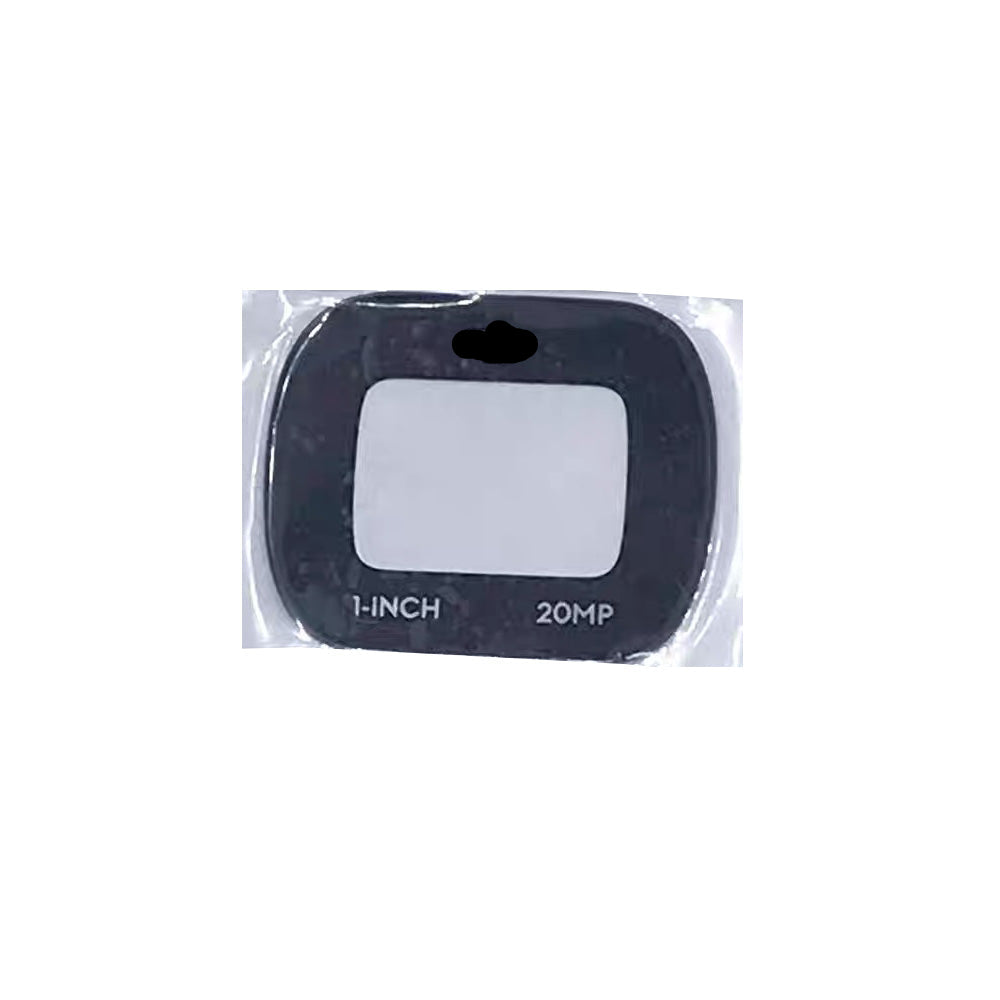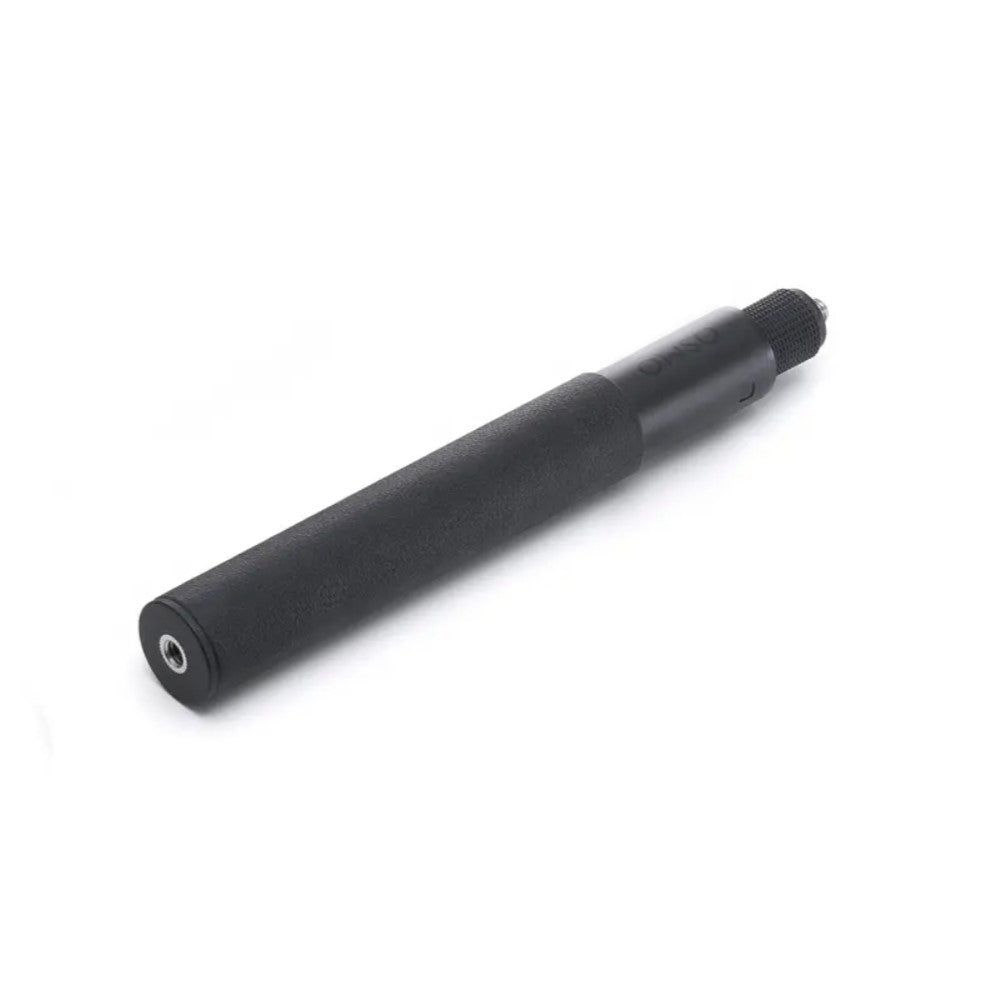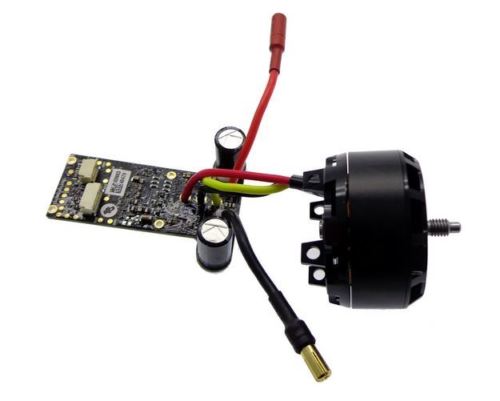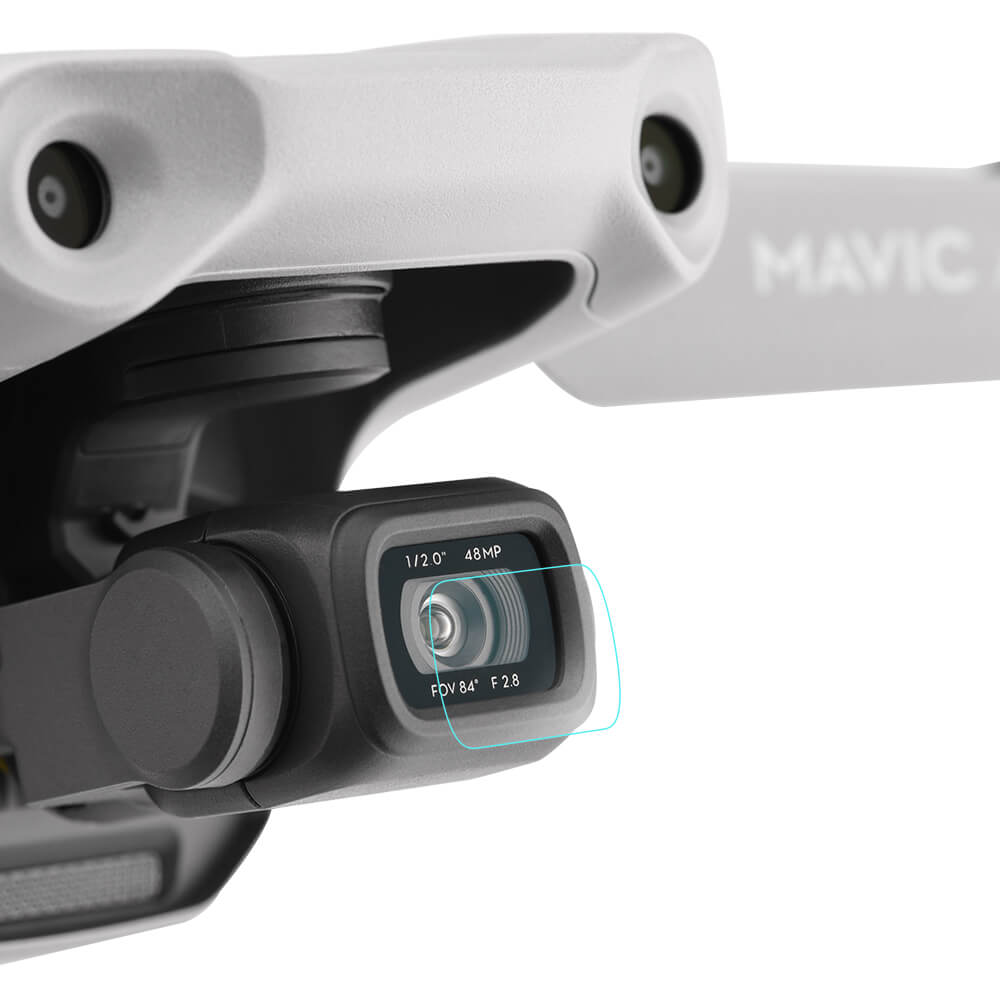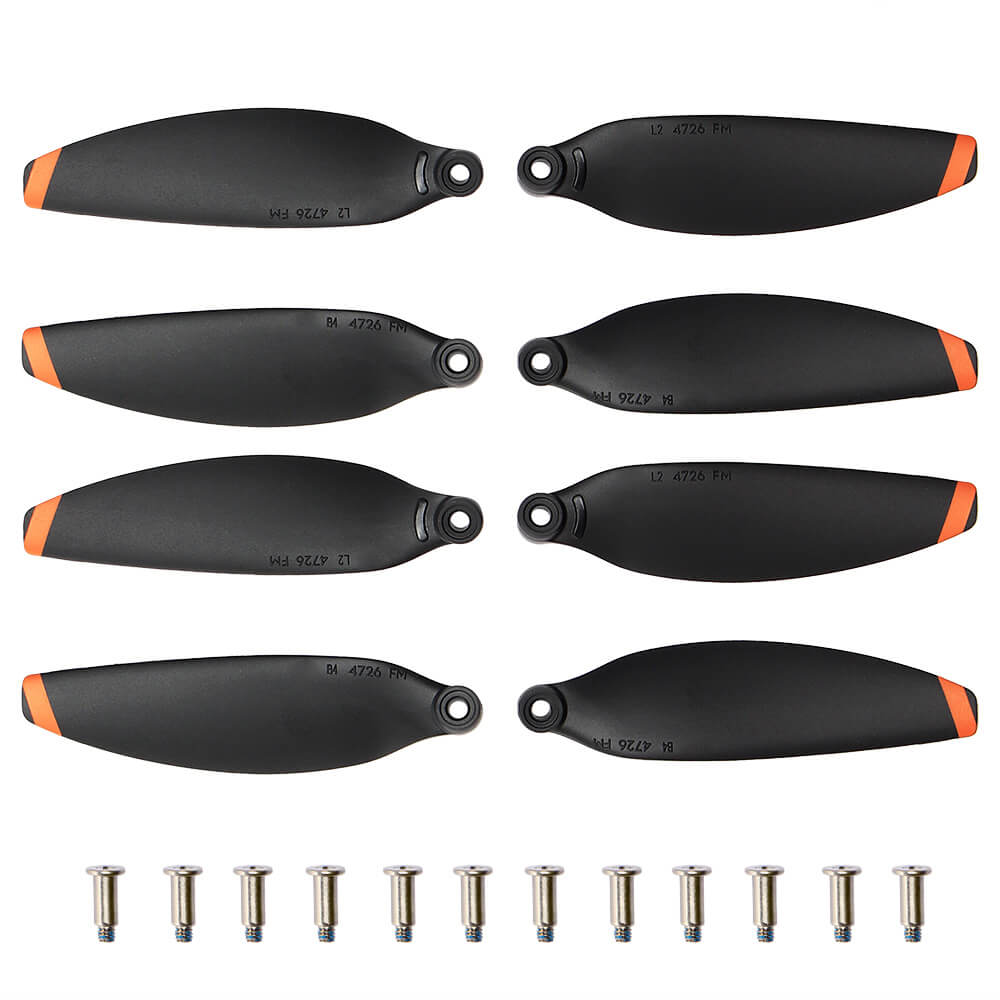Quick overview: Why drones often won’t turn on
Common root causes:
-
Dead or deeply discharged battery
-
Battery not seated or making poor contact
-
Battery in storage/sleep mode
-
Incorrect power-on sequence (drone + remote order)
-
Extreme battery temperature (too cold or hot)
-
Corroded/dirty battery terminals
-
Faulty battery or power management hardware
-
Firmware/boot issues or internal hardware failure
What you’ll need
-
Fully charged, known-good battery (if available)
-
Small soft brush or compressed air can
-
Isopropyl alcohol and lint-free cloth or cotton swab
-
A second battery for testing (recommended)
-
The drone’s user manual or quick start guide (for model-specific power sequence)
Step 1 — Confirm the battery charge (the simplest and most common fix)
-
Remove the battery and check any LED charge indicators on the battery pack itself.
-
If the battery has no lights, charge it fully on the manufacturer’s charger.
-
Use the recommended charger and cable — aftermarket chargers can behave differently and may not wake batteries from storage mode.
-
If charging shows no activity, try a different wall outlet and cable.
Why: Modern drone batteries (LiPo/Li-ion) can deeply discharge into protective circuits that make them appear dead. A proper charger and a full charge are the first things to rule out.
Step 2 — Make sure the battery is installed and locked correctly
-
Insert the battery into the drone until you hear/feel the latch click.
-
Double-check orientation — many models will refuse to power on if the battery isn’t fully seated.
-
If the battery slides in but the drone still won’t detect it, remove and inspect the battery compartment for debris.
Why: Poor mechanical connection prevents the drone’s power management from detecting the battery, so the unit will not attempt to boot.
Step 3 — Wake the battery from storage or sleep mode
-
Some smart batteries enter a low-power “storage” state after long periods of inactivity.
-
Connect the battery to the official charger — let it charge for 10–15 minutes before trying to power the drone.
-
If your battery has a dedicated wake procedure (press a button, hold LED), follow the manufacturer instructions.
Why: Storage mode tricks both users and diagnostics; the battery isn’t faulty, it’s sleeping.
Step 4 — Use the correct power-on sequence
-
Consult your manual: some drones require the controller to power on first, others require the drone first.
-
Common safe sequence: turn on the remote controller, then insert/wake the battery, then press the drone’s power button.
-
Follow any multi-press or hold patterns exactly (for example: press once, then hold).
Why: Modern drones run safety checks and pairings during startup; wrong order can prevent the bootup handshake.
Step 5 — Check battery temperature
-
Batteries that are too cold (< 5°C / 41°F) or too hot (> 45°C / 113°F) will refuse to charge or power the drone.
-
Let a cold battery warm to room temperature for 20–30 minutes — place it near (not on) a warm surface.
-
Avoid charging or attempting to power with an overheated battery; allow it to cool naturally.
Why: Battery protection circuits block operation outside safe temperature ranges to avoid damage or fire risk.
Step 6 — Inspect and clean the battery contacts
-
Power everything off and remove the battery.
-
Inspect metal contacts on both battery and drone for dirt, corrosion, or debris.
-
Clean gently with a lint-free cloth or cotton swab dipped in isopropyl alcohol. Let dry completely before reinserting.
-
Use compressed air to remove loose dust.
Why: Dirty or corroded contacts increase resistance or break the connection, preventing power flow.
Step 7 — Try an alternate battery (isolate the battery vs drone)
-
If you have another battery, insert it and try to power on.
-
If the drone powers on with a different battery, the first battery is likely defective.
-
If the drone still won’t power on, the problem may be with the drone’s power circuitry or firmware.
Why: Swapping batteries isolates whether the issue is the battery pack or the drone itself.
Additional checks and advanced steps
Inspect the power button and chassis
Make sure the power button isn’t stuck or broken. Check for visible damage from a crash or water exposure.
Firmware and pairing checks
If the drone shows minimal signs of life (blinking LEDs), connect to the manufacturer’s app or desktop tool to see firmware errors, complete a firmware recovery, or re-pair the controller.
Soft reset / factory reset
Some models allow a reset procedure. Consult official documentation — performing a reset may clear software states blocking boot, but it may also erase settings.
Battery health and cell balancing
If you have a battery checker or charger that shows cell voltages, confirm each cell is within the safe range (usually 3.6–4.2V per cell). Strong cell imbalance indicates a damaged pack.
When to stop and seek professional help
-
You detect burnt smells, visible burn marks, bulging battery cells, or leaking fluids — stop immediately and handle as hazardous waste.
-
If the drone still shows no signs of life after trying a second known-good battery, contact manufacturer support or an authorized repair center. Internal power boards, connectors, or ESCs may need professional diagnostics.


